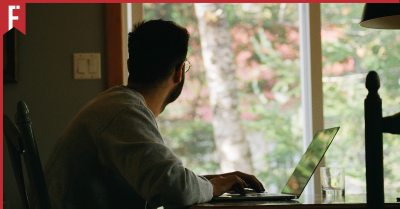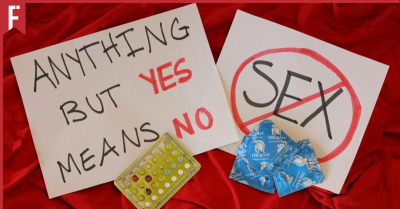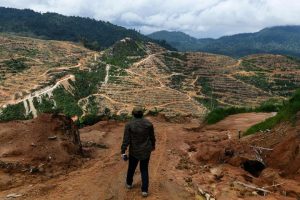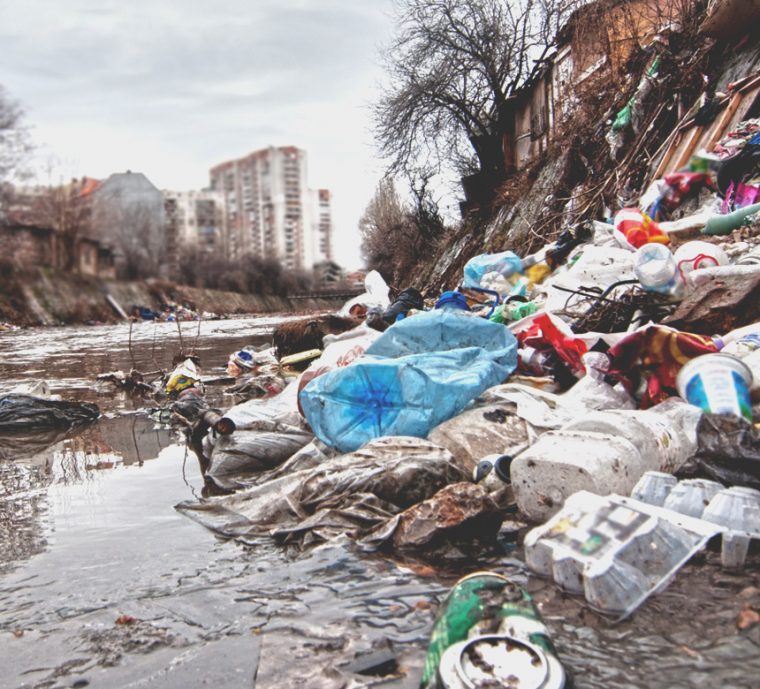
Living in the city, I don’t get to see rivers very much. The ones that I have seen, though, were always this shade of brown similar to the teh tarik we sip on during late-night catch-ups at mamaks.
If you’re a city dweller too, then you know exactly what I’m talking about.
Since our early schooling days, we’ve known that our rivers suffer from pollution. We write about their filthy state in karangans but when asked to colour them, we always chose the colour blue – oddly enough, we still thought of our rivers as clear, sparkling, and full of life.
Ironically, they don’t look like that in real life. Why is that, and what are our polluted rivers trying to tell us? I’m glad you’re here, ‘cause we’re about to dive into some quick facts!
Row, row, row your boat, gently down the (dirty) stream
As mentioned above, if you’ve ever had to write an essay about the polluted rivers in Malaysia, then you probably remember some of the typical causes. Irresponsible dumping of trash, industrial sewage, waste from agricultural and domestic activities… you name it. Many rivers in West Malaysia are ‘dying’ as the high levels of pollution has led to lower levels of dissolved oxygen. Without dissolved oxygen, the aquatic life living in these rivers cannot survive, and ecological processes cannot take place.
According to the National Water Quality Standards, Malaysia’s rivers are labelled under three categories: clean, slightly polluted, and polluted. After testing, they are then further classified under six classes, Class 1, 2A, 2B, 3, 4, and 5 – 5 being the highest level of pollution.
In late February 2019, it was reported that there were 25 rivers under Class 4 and 5 – so heavily polluted that they were considered ‘dead’. 5 of these rivers were in Selangor.
That’s a sad fact to hear, especially since our rivers play a huge part in our ecosystem. They’re our source of food and hydroelectric power as well as a habitat for numerous species. Agricultural lands depend on rivers for irrigation too.
So how does the ‘death’ of our rivers directly impact our daily lives? Well, you’re in for a rough ride.
You could get pretty sick
Rivers that have been polluted with sewage waste can carry waterborne diseases, and they are NOT pretty. Some of the most notable ones are cholera, typhoid, and hepatitis A, all of which are really harmful to us. It doesn’t end there – rivers that are contaminated with pesticides and herbicides from agriculture activities can cause fertility problems, long-term illnesses, or even death in humans! Water benefits us in a lot of ways, but once polluted, its risks can be fatal.
Seafood? More like ‘see ya, food’!
Ever heard the saying, ‘You are what you eat’? Our rivers serve as a habitat for aquatic life and when the former gets contaminated, these creatures are inevitably affected too. Their bodies carry the pollutants of whatever has been dumped into the river, and when they get caught as food to be served on our tables…what do you think happens?
According to the World Wide Fund Malaysia, consuming seafood with high metal pollutants can result in illnesses, reproduction problems, and possibly shorter life spans. It doesn’t end there – land animals aren’t free of risk either. When they drink from polluted rivers, the contaminants enter their bodies and when we consume their meat, those toxins are transferred to our own bodies, which can lead to some pretty bad health problems.
Forget Finding Nemo – fish are dying, fast

If your home is dirty, you clean it, but what if that’s not an option? That’s what fish and aquatic plants face when their watery home gets polluted with our trash and they have no choice but to just keep swimmin’. A dirty river becomes the perfect breeding ground for all sorts of dangerous bacteria and viruses, which affect the health of aquatic life. Not to mention, more pollutants mean less dissolved oxygen, presenting a threat to these creatures’ lives.
Imagine someone coming into your home and messing it up so bad that you start dying from his or her actions. Talk about a killer impression.
They’re dirty, so why not just clean them up?
We did, in fact! Back in 2012, the River of Life project was launched to clean up and beautify the Klang and Gombak rivers. However, the project was extremely costly, as it required more than RM4 billion to execute. Dr Zaki Zainuddin, water quality and module specialist, stated that it would cost way less if people helped to manage and reduce waste compared to spending billions for clean-up.
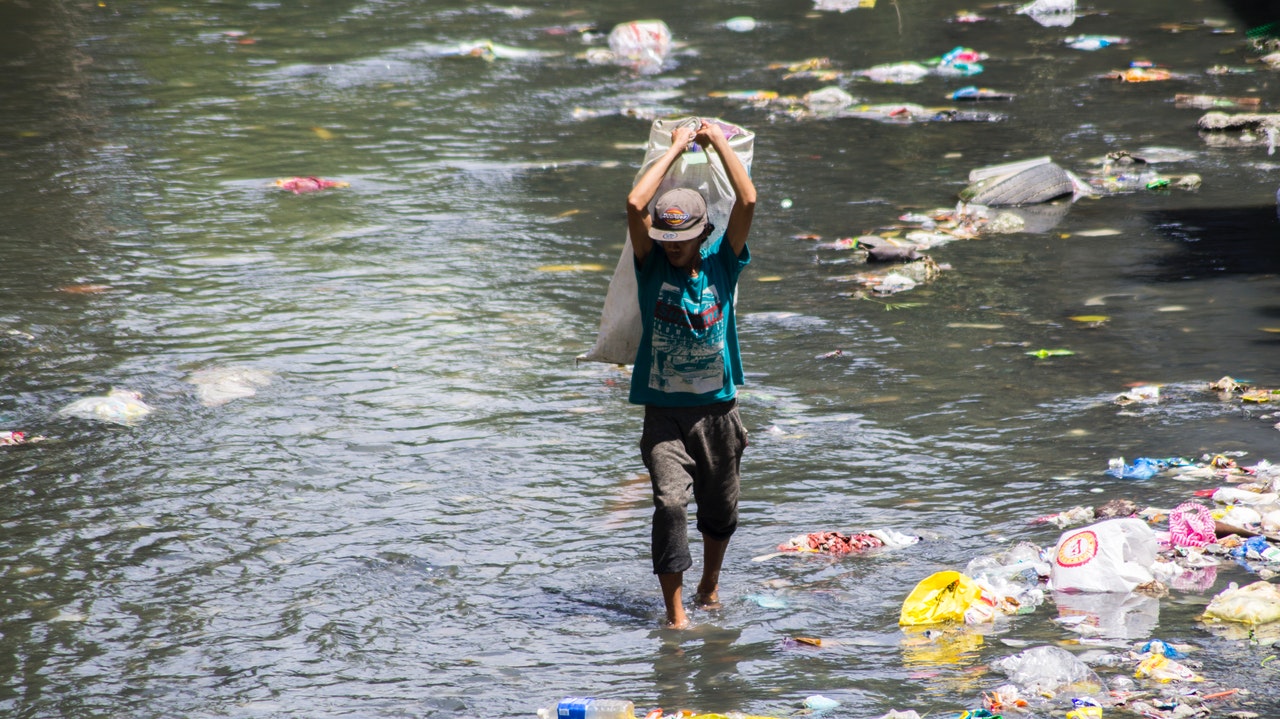
So what’s next?
The good news is that our rivers don’t have to remain in their dirty state! It’ll take a collective effort for things to slowly improve for our rivers, so here are some tips from The Star on how you can help (check out the full list in their write-up!):
-
Keep your drains CLEAN
If your younger self can write about keeping drains trash-free, then you can definitely practise it. Your drains (yes, even those right outside your home) all flow to our rivers and if trash is found in the former, then you can bet our rivers will be just as trashy. Throw your disposables where they belong, as a clean drain means a happy river. -
Bookmark the 3R rule in your mind
3Rs AKA reduce, reuse, and recycle. Before you buy something next time, channel Marie Kondo and ask yourself, ‘Will this spark joy in my life?’. Seriously though, if you don’t need it and it doesn’t bring joy to you, REDUCE your belongings and, consequently, your waste! Also, before you throw something away, ask yourself this first: Can you reuse or recycle them? -
Reuse cooking oil
Turn your used cooking oil into soap or candles so you can reduce water pollution! Pouring away any sort of oil, fat, or grease down your sink will lead to blockage in the pipes and sewer lines. These blockages can lead to overflows and will contaminate nearby rivers and ponds. You can also avoid this by installing grease traps so oil won’t escape into the drainage. -
Turn off your taps!
This last one’s probably a no-brainer, but turn off your taps when you’re not using them! I’m not just talking about after you’re done, but also when you’re in the midst of doing things, like brushing your teeth (you don’t need the water running for the whole process) or showering (you can turn it back on once you’re sure you’ve scrubbed every inch of your body).
Water is an important resource for every living being on this planet, yet we are the ones causing its destruction. Hopefully after reading this, we’ll start working towards repairing the damage done.
Each person’s efforts will help create a wave of change, so water you waiting for?

